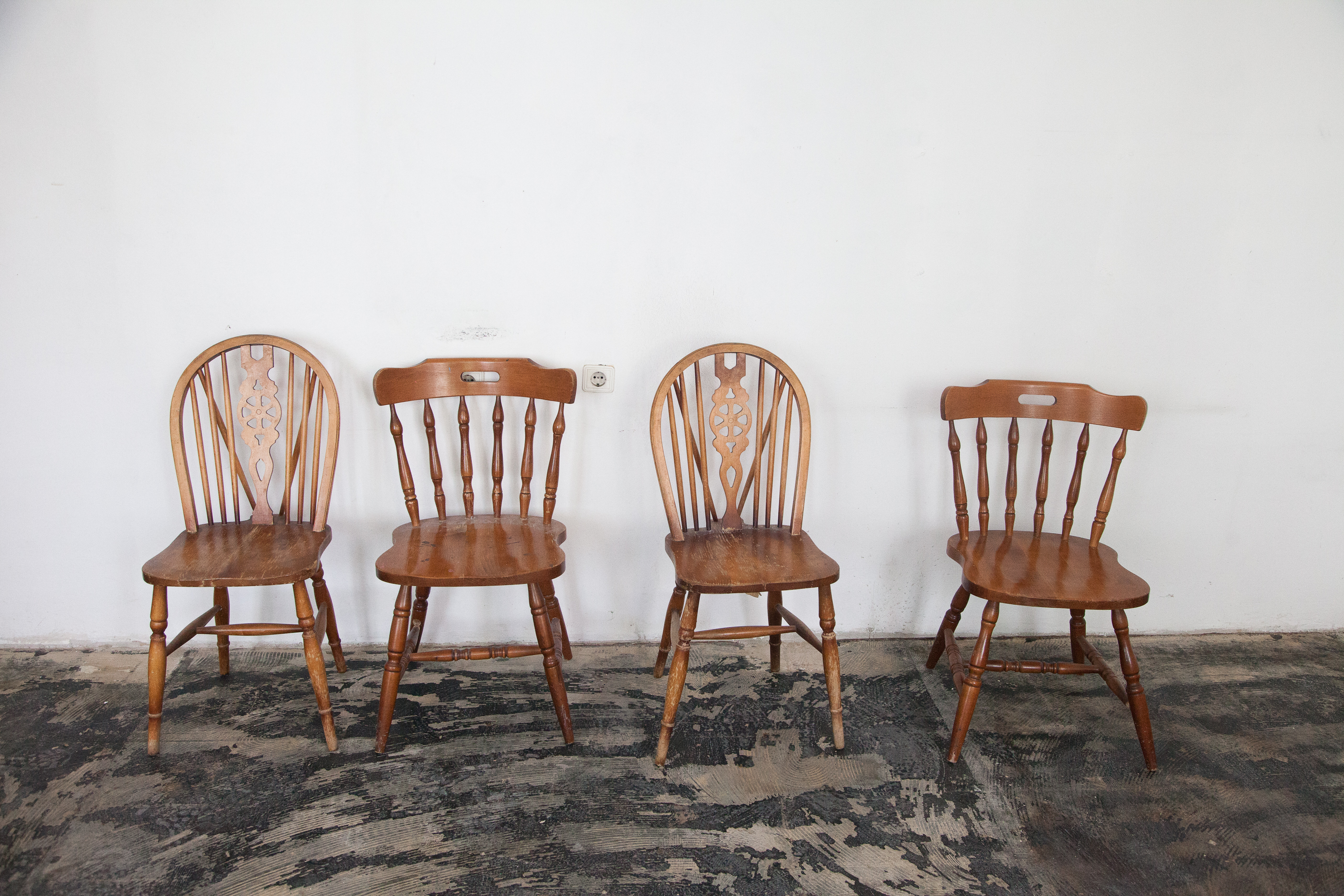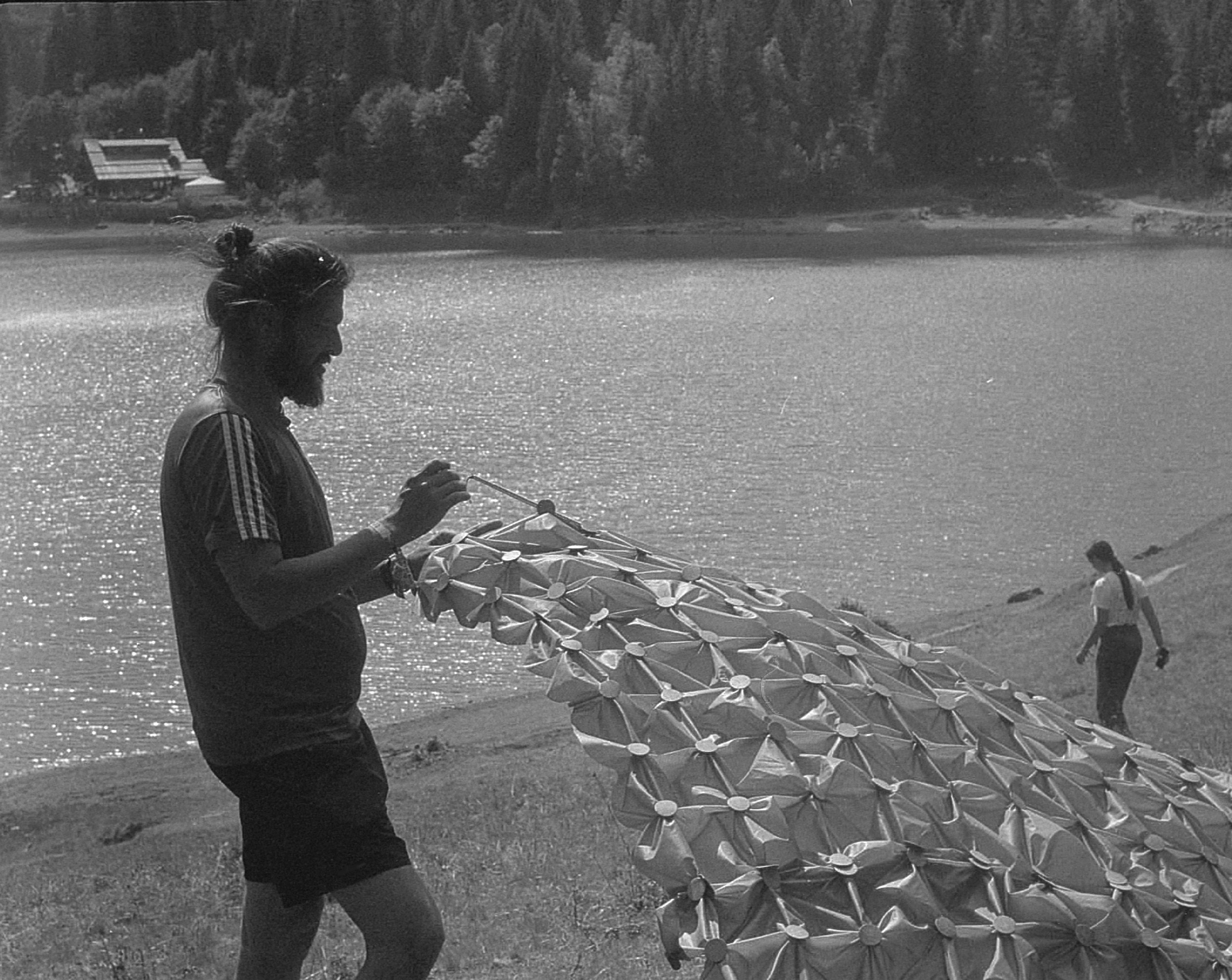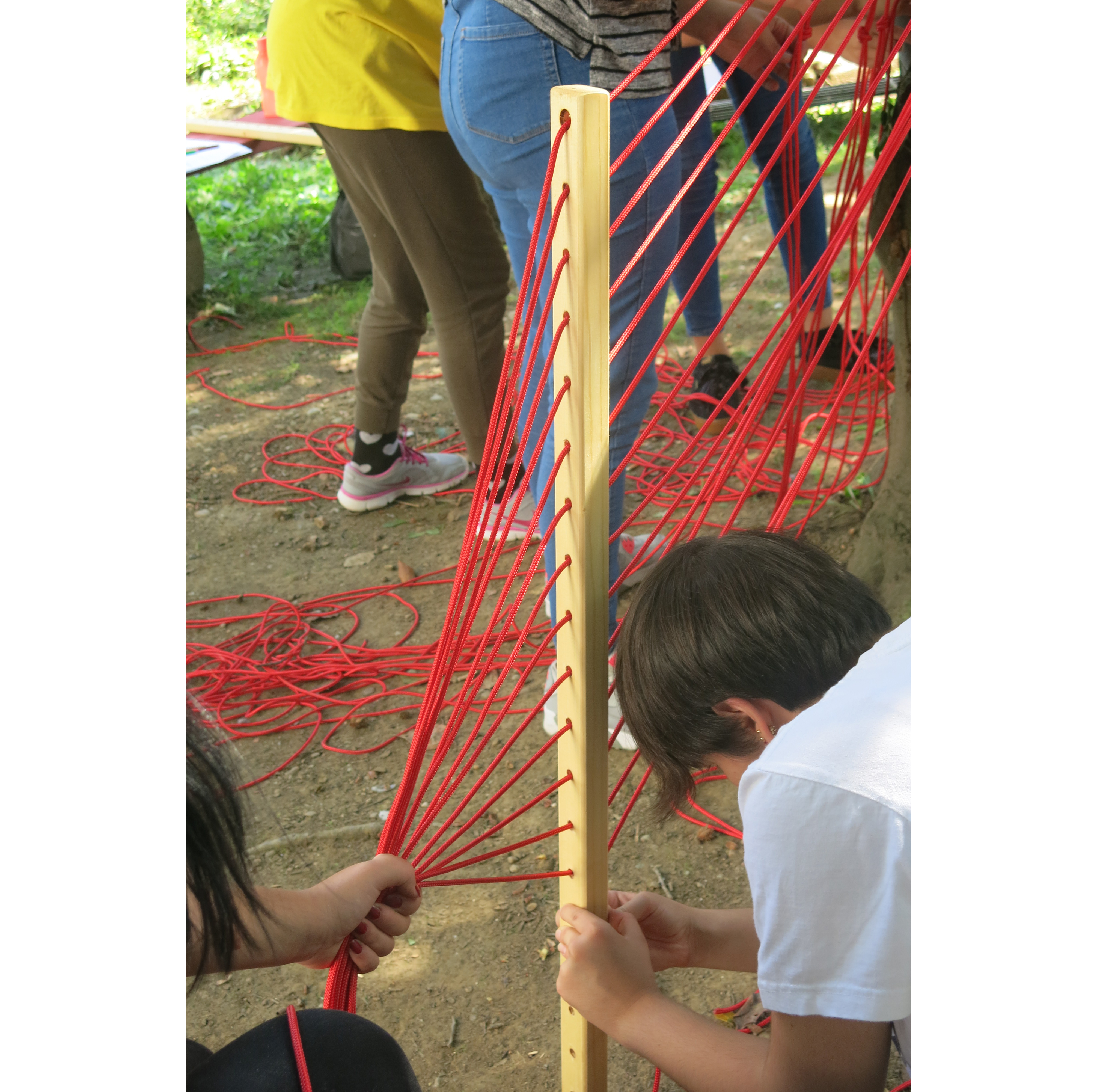In the last couple of decades, Serbia has come across several instances of squatting – abandoned places, informally inhabited and activated, often for purposes of independent culture. The most distinguished example is Dragiša Brašovan’s magnificent building of Belgrade’s Home of Publishing and Graphics (BIGZ), which was privatised in 2007. Several other cases of squatting appeared, smaller by scale, but equally important by cultural significance, such as the Community Centre – the recently demolished facility within the industrial complex of the “Petar Drapšin“ factory in Novi Sad, today known as Chinatown. This year, Belgraders were fighting for the NNK Community Centre, which was created inside an abandoned military hotel in Dorćol. In all of these cases, the authorities didn’t show an understanding of civil initiatives of activating space, giving absolute advantage to private ownership and capital.
As students of different architecture schools, we dealt little (if at all) with the phenomenon of squatting. We invited Iva Čukić from the Ministry of Space collective (kolektiv Ministarstvo prostora) to to give us some answers, in order to introduce this subject from professional and general importance into the student circles.
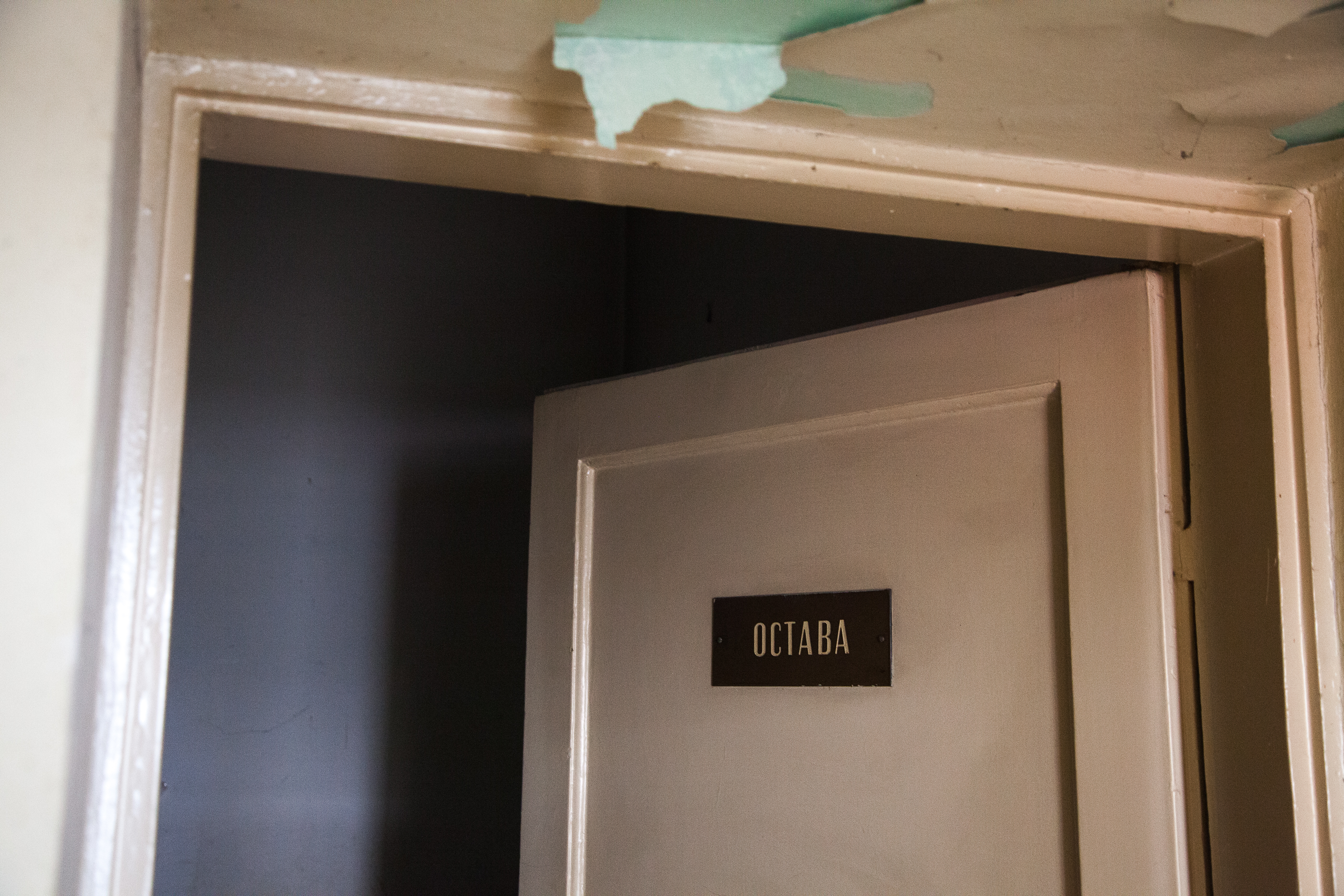
Echoing the latest events in Belgrade, we often hear the term squatting. Considering the negative connotations that often follow the subject, how would you define it?
In the ’60s and the ’70s, squatting kicked off as a way of using space – and addressing the questions of property, society, economy, etc. – that formed as more or less critically articulated reaction to housing-related public politics in capitalistic countries, and it was a precedent in many European cities, addressing a more just use and allocation of space, together with the creation of more equitable societal relations. Today, it includes a broad spectre of practices from cultural centres, alternative housing spaces, to solidarity hospitals and food-related spaces.
The act of squatting has a negative connotation, because the act itself isn’t legal, but that doesn’t mean it’s not legitimate. In numerous countries where these movements formed and were intensive at the end of ’70s, today we have articulated public politics that were established thanks to strong pressures by squatting movements, especially in the areas of housing politics and affordable housing.
It seems that administratively, it’s easier to set up a promotional display stand on the city’s main square than assemble a small camping lodge in the outdoors. How does the system differentiate between instances of informal use of space?
The question requires an extensive answer, since the informal instances of occupying space and the system’s treatment of it differ greatly, but I’ll try to be brief. I have never assembled a small camping lodge in the outdoors, so I couldn’t say, but I have participated in several informal and formal practices of activation of spaces. In our country, the system doesn’t recognize the informal mechanisms as possibilities for activation of spaces of participating in a dialogue about what spaces can be and how the city can develop. In other words, it’s one thing to register a meeting, an exhibition in public space, or a protest, and another to demand deteriorating unused property be put at public disposal, beyond the market logic. Here, we reach a problem: the law recognises the disposal of public property only for commercial purposes, treating most of the groups, collectives, associations, civil organisations as a business entity. Since these groups are mostly non-profit organisations, a large number cannot afford using these spaces. So, the property that belongs to all of us is being disposed of exclusively through economic parameters, while the quality of life of the society and its citizens is neglected entirely, for it’s often not measurable economically or the benefit itself isn’t economic by nature. Activating public spaces or unused buildings in public ownership, most frequently arises as an “incident,“ thanks to the political will and taste of the one with whom is negotiated. Formally, this kind of concession is not yet regulated in our country, although in ex-Yugoslavian countries (Slovenia, Croatia, and recently, Macedonia) there are mechanisms of free concessions of space, and even more importantly, slowly, new spaces (institutions) will be established, based on civil-public partnerships.
The abandoned military hotel in 63, Cara Uroša Street recently became the NNK (No Name Korpus) Community Centre. What does it represent and what were your goals?
The NNK Community Centre was founded spontaneously, with joined efforts by a group of people who gathered round the idea to activate the military building, which laid abandoned for over a decade. It is an edifice of several thousand square meters, which was supposed to house spaces for working, socialisation, informal education, exhibition, even housing. The latter was specifically discussed with the members of “United action: Roof over my head“ (Združena akcija: Krov nad glavom) – an initiative against evictions. The first public event was attended by an exceptional number of people, it lasted for two days, and gathered a lot of those who decided to support this action, completely voluntarily, and participate in building this centre – from cooking, painting walls, concerts, film screenings and discussions. However, the authorities didn’t understand the benefits. In comparison, while a huge number of military buildings deteriorate for years in Serbia (in some cases, over a decade), in Croatia, ex-military barracks “Karlo Rojc“ of over 17 000 m2 was given to several associations. In Pula, a city of around 60 000 inhabitants, this space is used by over 100 groups, without paying a fee – from chess and senior associations to art and children-friendly organisations. It is important to highlight the fact that the city of Pula is funding the maintenance of the building, for around 200 000 euros per year, that provide janitorial, cleaning, renovating, repairing and maintaining services. The City government’s decision to invest a part of its budget in maintaining such a centre reflects the fact that the city of Pula recognised positive aspects that the activities happening in these spaces have on the life of the local community, and the local government itself.
Why is it important for the citizens to join in the fight for this or any other squatting? Could the importance of the NNK Community Centre transcend the borders of Dorćol, or even Belgrade?
It is important to join in the various fights happening every day, no matter how small or big, because each of them represents a step forward in the efforts made to shape the city according to our own needs, to stand up to corruption, evictions, selling of public land and property, concessions…
The NNK Community Centre was evicted from the military building and for now, there is no way to keep using it. The military is guarding it daily, preventing entry, even for retrieval of belongings left sealed inside, such as numerous books, furniture, tools… Could it have a much larger importance? I’d say yes, if it had had a chance. However, knowing people that gathered around NNK, I’d say a new space is coming!
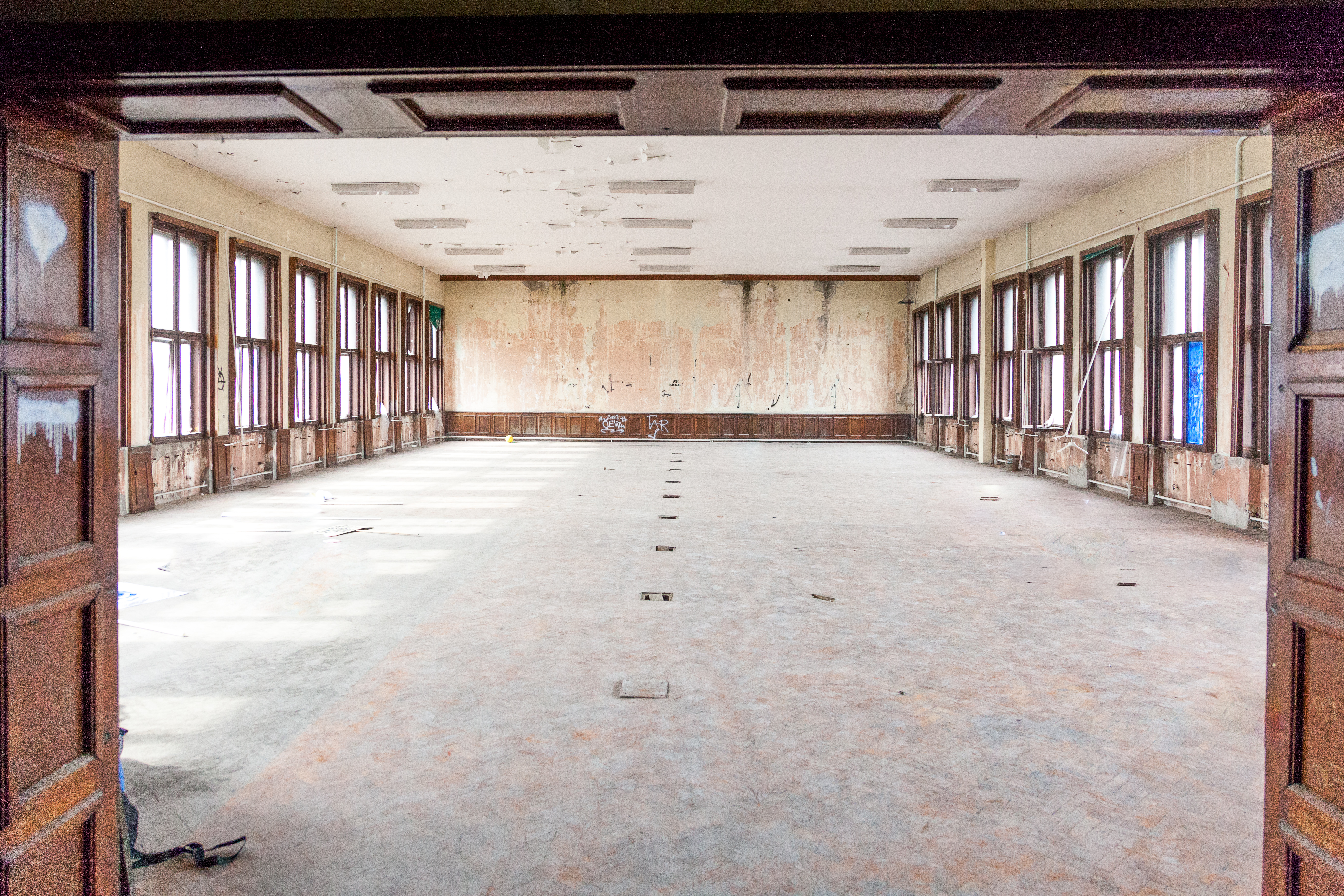
If we regarded squatting as confiscation of “nobody’s“ space, what are the reasons of such spaces surfacing in Belgrade? It’s obvious that the potential exists, but why is it neglected?
There is no nobody’s space. Every space belongs to someone. In our country, it belongs to public or private sector. We can hardly gloss over the question of property, for it’s necessarily tied to space and the relationships toward it. The question is what do we want to do with it. Do we want to point out the wasteful, non-transparent public property management, or do we want to address the question of (illegal) privatisations and misuse, or do we want to create new community spaces for gathering, exchange, life or work – that is a choice of tactical approach.
The reasons of space neglect are numerous, intentional neglect in order to lower the property value and sell it more easily on the market, unresolved property legality, insufficient funds, bankruptcy , disappearing investors etc. However, in the developed countries, introducing a tax for not using property, the private sector is forced to put property into use. In those cases, a mechanism called „temporary space occupation“ is often used, when associations or civil organisations are temporarily given space for three to five years, sometimes more, with various benefits, such as entirely free usage, or payment of bills, but no rent, or the total bills being less than those on the market, it differs from one instance to another.
As far as the public property in our country is concerned, the first problem is non-existence of a property register, in public ownership, the record deadline was postponed several times in the last couple of years. So, we don’t know what do we have and what can we use. However, the core problem doesn’t lie in the availability of the space, because there is space. The problem lies in its attainability, that is non-existence of a clear legal framework and mechanisms that would allow spaces in public ownership to be used. Rare examples or concession of spaces under special conditions are a step forward, but most does show that the existing mechanisms of space allocation do not differentiate between the civil and commercial sectors. Also, very often the process itself is characterised by non-transparent allocation procedures, inadequate stimulation conditions and the lack of space allocation competitions.
Abandoned buildings and locations have primarily negative effects on the quality of life in the society, because they contribute to development of social pathologies and have negative psychological effects on citizens in the environment, but also on the wider image of the identity of the endangered location. Therefore, the reasons for activating these spaces primarily lie in the need to improve the quality of life in the society, create sustainable models of space use and enable a higher quality of usage of space in public ownership. One should keep in mind that these spaces hold great potential for creation of new values, youth and social entrepreneurship, various cultural and artistic contribution and widely, fulfilling society needs. In order for the whole community to feel the advantages of such property management, we should firstly define and then, affirm common interests.
Did the “Belgrade Waterfront“ project cast a shadow with its controversy on other, smaller, everyday gaffes of urban planning that we, as architects, dealt with until then?
It managed to gather all the controversies into one projects, but I wouldn’t say it cast a shadow. Also, that project was a motive for the creation of the Ne davimo Beograd initiative (Don’t Let Belgrade Drown), and nothing slips past the Initiative. Aside from extremely exhaustive work related to monitoring the “Belgrade Waterfront“ project, the Initiative makes just as much effort in analysis and citizen informing about other projects in the territory of Belgrade, and other cities in Serbia. However, it’s more interesting to talk about the relationships between professional associations and this and similar projects. It seems to me that our colleagues are on sedatives, that everything can pass, everything can happen – we turn a blind eye on the demolition of the General Staff building, the fountains, new monuments, Belgrade waterfronts, public discussion simulations during plan approvals, building of gas stations on green spaces in the housing blocks of New Belgrade, illegal buildings at levees of Sava etc. Self-censorship, silencing, and turning blind eyes before the urbicide is quite unprofessional and unethical behaviour and I’m afraid we’re not aware of the consequences this will leave in the future.
In that sense, can squatting be a strategic gesture indicating the importance of space?
Squatting is one of the ways to articulate the dissatisfaction with the urban politics. What I regard as important in the act of squatting is the question of common goods and relationships towards them, such as the question of the kind of city we want to live in, no matter whether we addressed the question of ownership and property through space, or affordable housing, culture, socialization, or recreation.
Six years ago in Novi Sad, citizens, activists and artists lead a fight for the building of military barracks “Dr Arčibald Rajs“ in Futoška Street. It seems that in our country, such squatting phenomena happen only few times per decade, even though the cities are abundant with abandoned spaces. Do you think these fights should happen more often?
I wouldn’t say they happen once in a decade. On the contrary, they happen more often, but they are either suppressed too quickly or they lack adequate attention in the media, so we don’t hear more about them. Furthermore, frequent evictions and suppressions of such spaces discourage people to participate in similar actions. However, it’s more important what we learn and build from these actions and meetings – trust, interpersonal relations, solidarity and communion.
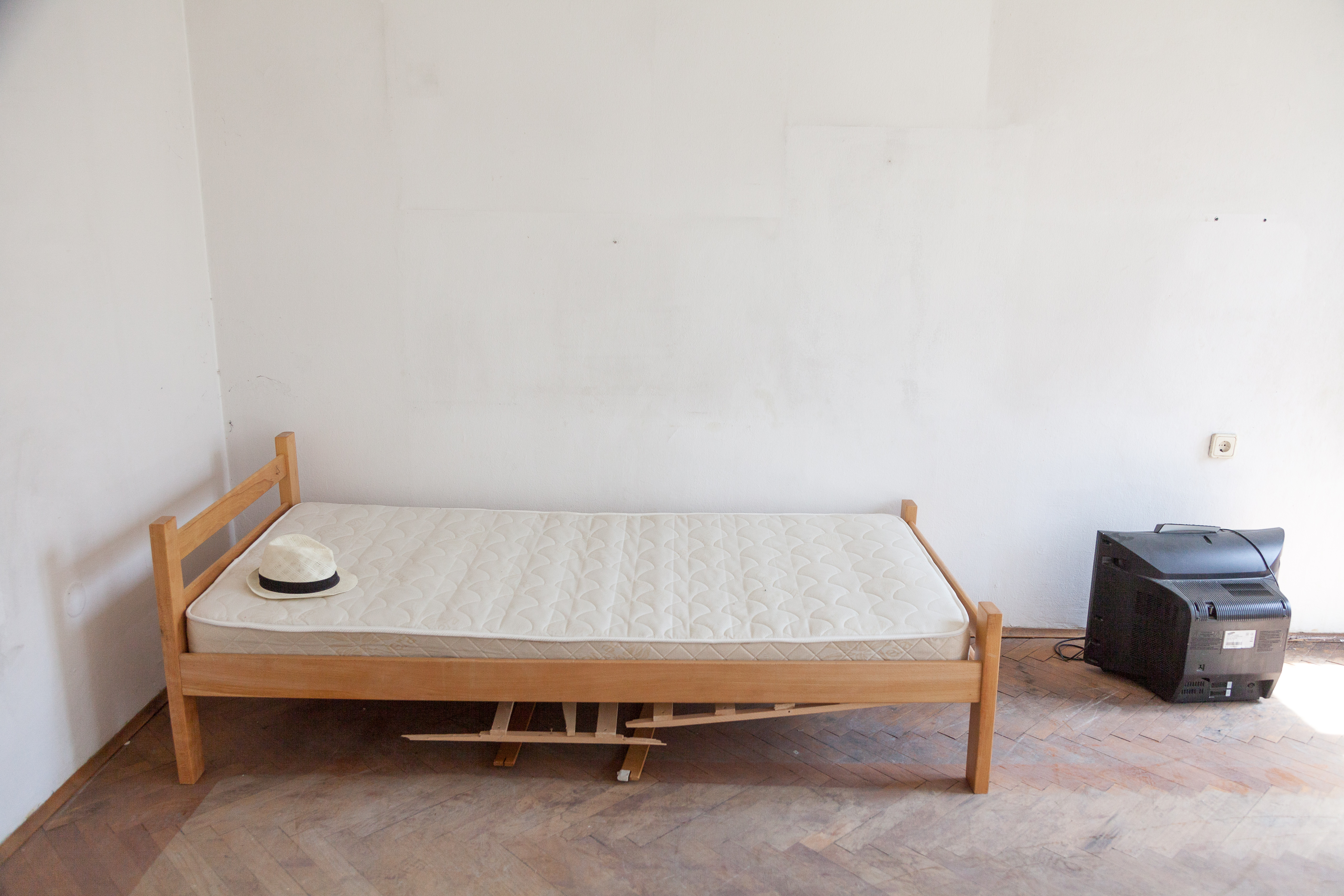
Together with the Ministry of Space, you acted in exploring, conquering and reprogramming the city, where the most successful venture may be the Novi Bioskop Zvezda (New Cinema Star). Has something changed since then, in its functioning and internal organisation?
Ever since we founded the Ministry of Space, we dealt with urban politics, models of management and space disposal, participation in the decision-making processes… When we had no other opportunities (negotiations or authorities’ understanding of the subjects we address), we made our own models, through Inex film, Zvezda, Magacin… However, Zvezda is far from being the most successful venture we undertook, on the contrary. Through this example I learned a lot about interpersonal relations, (hidden) interests and motives, patience, trust… Much more than other things I worked on.
And Zvezda was created after a long, almost three-year campaign “Bioskopi: Povratak otpisanih“ (Cinemas: The Return of The Written Offs) which we addressed the subject of illegal privatisations, ex-workers’ rights – small shareholders, the question of space… After several actions in front of the cinemas Balkan, Kozara, 20. Oktobar, etc. we decided to get into Zvezda and together, come up with a future functioning plan with young people from FDU (Faculty of Dramatic Arts), ex-workers, students and citizens. The success of Zvezda was the strength of the bang it created (which was exhaustively prepared for months), the fact that it gathered a lot of people, that it restarted the question of illegal privatisation and nepotism, as well as the rights of ex-workers, endangered by the privatisations of the company of Beograd film. Another good thing that happened after Zvezda was the political option oriented towards the left politics. The people showed up and gathered around here were the ones that today, participate in movements or associations such as Ne davimo Beograd, Asocijacija NKSS (Independent Cultural Scene of Serbia Association), SDU, Združena akcija: Krov nad glavom… Thirdly, what happened and how was well portrayed in the documentary “The occupied cinema“ (Okupirani bioskop) by Senka Domanović, which premiered on May 14th during the festival of Beldocs, which received special recognition by the festival director for “extraordinary successful cinematographic narrative expression, in search for a regulated society and the progress of Serbia cinematography“.
In Zagreb, “Projekt Ilica“ is taking place, which, with the support of several institutions within the city, tends to reanimate spaces in one of the main streets of its centre. How to gain such attention and support from the city government in our environment?
By constant work, gathering of people, building a network and trust, creating models… Zagreb is a rare example of a city (in an ex-Yugoslavian context) where a model of civil-public partnership has been implemented in managing space that is in public ownership. Naturally, it happened after almost a decade of efforts invested by the associations gathered by “Pogon Jedinstvo“, but for all of us, it served as an inspiration and an interesting mechanism that can be applied in other local contexts. Namely, a civil-public partnership represents a new management arrangement that regulates the questions of power, relationships and responsibility.
How do you interpret the theme of this year’s 16th Architecture Biennale in Venice – “Freespace“? Is this a chance to introduce squatting into our county’s general discourse among architects?
I haven’t followed the Venice Biennale for a few years now. My impression is that the themes are exceptionally up-to-date, should I say, burning, and that they demand a firmly articulated reaction that is simultaneously absent (with noted exceptions). Is it a matter of lack of insight or knowledge about these themes in real life, or is it self-censorship and the lack of courage to address them in the right way, I don’t know, but I think there is a lack of critical reviews and actual problematisation of themes in given context.
Do you think fighting for the city is worth it, even though up to now victories were scarce? Is it necessary to change strategies?
If I didn’t think so, I wouldn’t be where I am. Also, I don’t think the victories are a rarity, on the contrary. Changing and adapting the strategies and tactics is inevitable. Even if we evaluate a situation as a defeat, it takes skill to learn from it and move forward with the new-found knowledge.
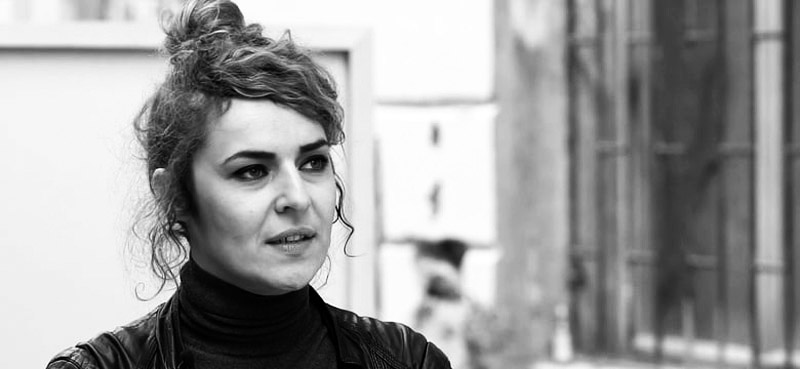
Iva Čukić holds a PhD in urban planning at the Faculty of Architecture, University of Belgrade. Her research focuses on models of governance and management of space in public ownership, as well as the areas where the institutional, planning and normative framework meet with the instances of informal practices, do-it-yourself philosophy on city action and self-organising. She is a co-founder and the member of the Ministry of Space collective.
Prepared by: Ivona Petrov, Igor Vukičević, Dragan Petrović
Photos: Luka Knežević Strika, belgraderaw.com, platforma 9.81

